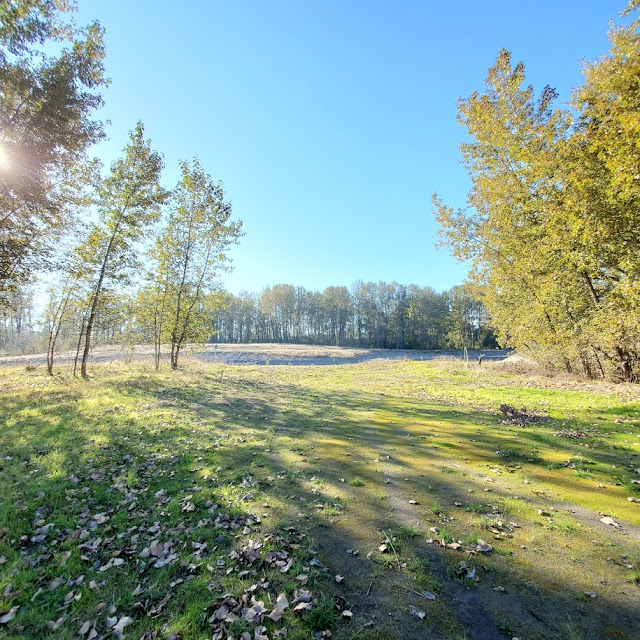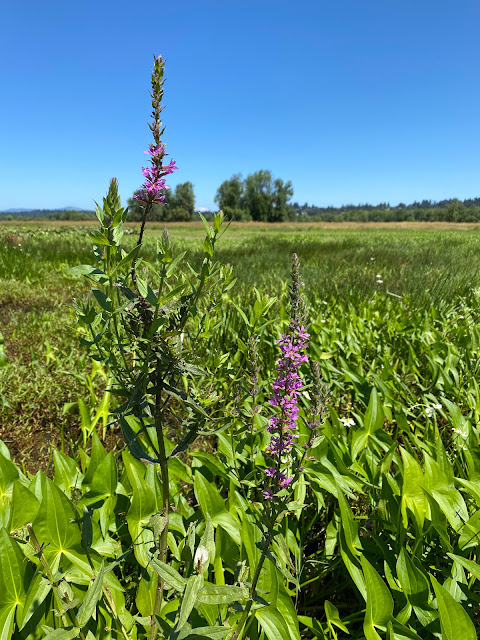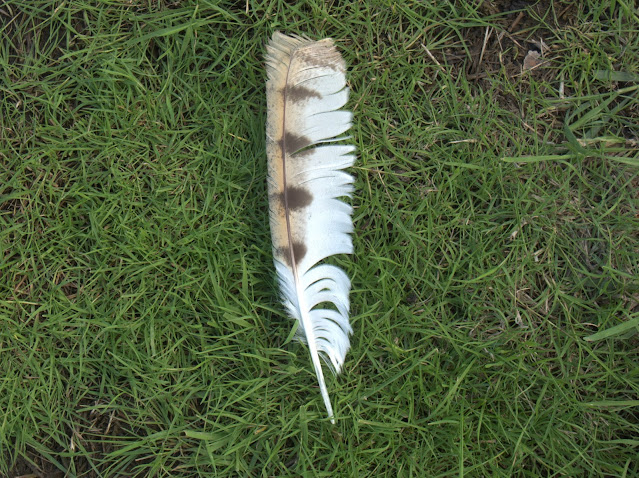January 6, 2021 - Turtle Lake (Part I)
The Turtle Lake Project is approved! We are very excited to get started on re-planting this restoration site. Information on this project will be posted as a series, and this first post will focus on providing you with some background of the site and will also detail some of our initial procedures for planting willow trees.
Background
The Turtle Lake planting site that we will be working in is located on State Owned Aquatic Land (SOAL) - which is managed by the Washington Department of Natural Resources (WDNR). In 2019, WDNR partnered with CREST, BPA, USFWS, and the Washington Department of Fish and Wildlife - to complete what is known as the South Bachelor Island (SBI) Restoration & Reconnection project. This project removed a total of 120,000 cubic yards of dredge spoil sediment, which created a new half-mile long channel from Turtle Lake (a floodplain wetland), to the Columbia River. To learn more about this project and see photos of the channel - click here!
The ultimate purpose of constructing this channel was to restore historically important floodplain habitat for juvenile salmon. In the early 1900's, SBI provided shallow water channels perfect for migrating juvenile salmon and other types of native aquatic & terrestrial species. Historical records indicate that somewhere in between the years 1918 to 1930 - these shallow channels began to fill up as a result of pile dikes getting built near these sensitive streams. Though the exact amount of dredge material deposited over the 1900's was never quantified - it is estimated that over 1.5 million cubic yards now rest along SBI's shores. Restoring a meandering channel in this area is a way to improve natural habitat for the native organisms that call this area home.
*Historical information was taken straight from BPA's Supplemental Analysis for this project. To view this document & read more detailed information on the project - click here!
 |
Turtle Lake planting site. A view from the western side of the channel. |
 |
All geared up to start planting away! Here, the water was low enough for the planter pole to be effective. |
Processing the Willows
 |
The trough that we store our processed willows stakes in. This trough is filled with water in order to keep the roots moist. We ended up deciding to make bundles of 50 trees each, and got 20 bundles total to fit within the trough for storage at the Bachelor Island shop. |
 |
A bit more of the processing of the willows is shown here. I placed the larger willow stakes into their own separate piles, because we want to use the more slender willow stakes first! This is because the diameter of our planter poles makes it difficult to plant willows that are larger than an inch in diameter. |
 |
Area where I cut off the willow leaves & branches. This is also where I would set groups of 50 willows to bundle them up with cuttings of twine. |






Comments
Post a Comment